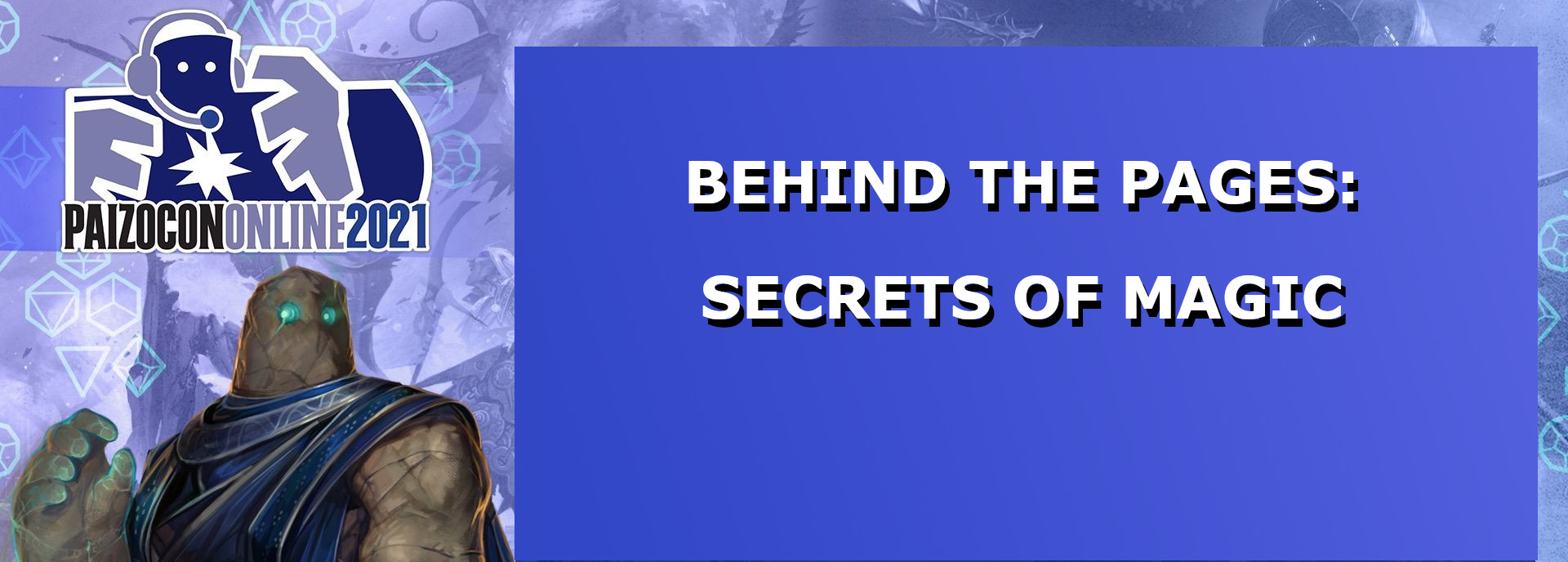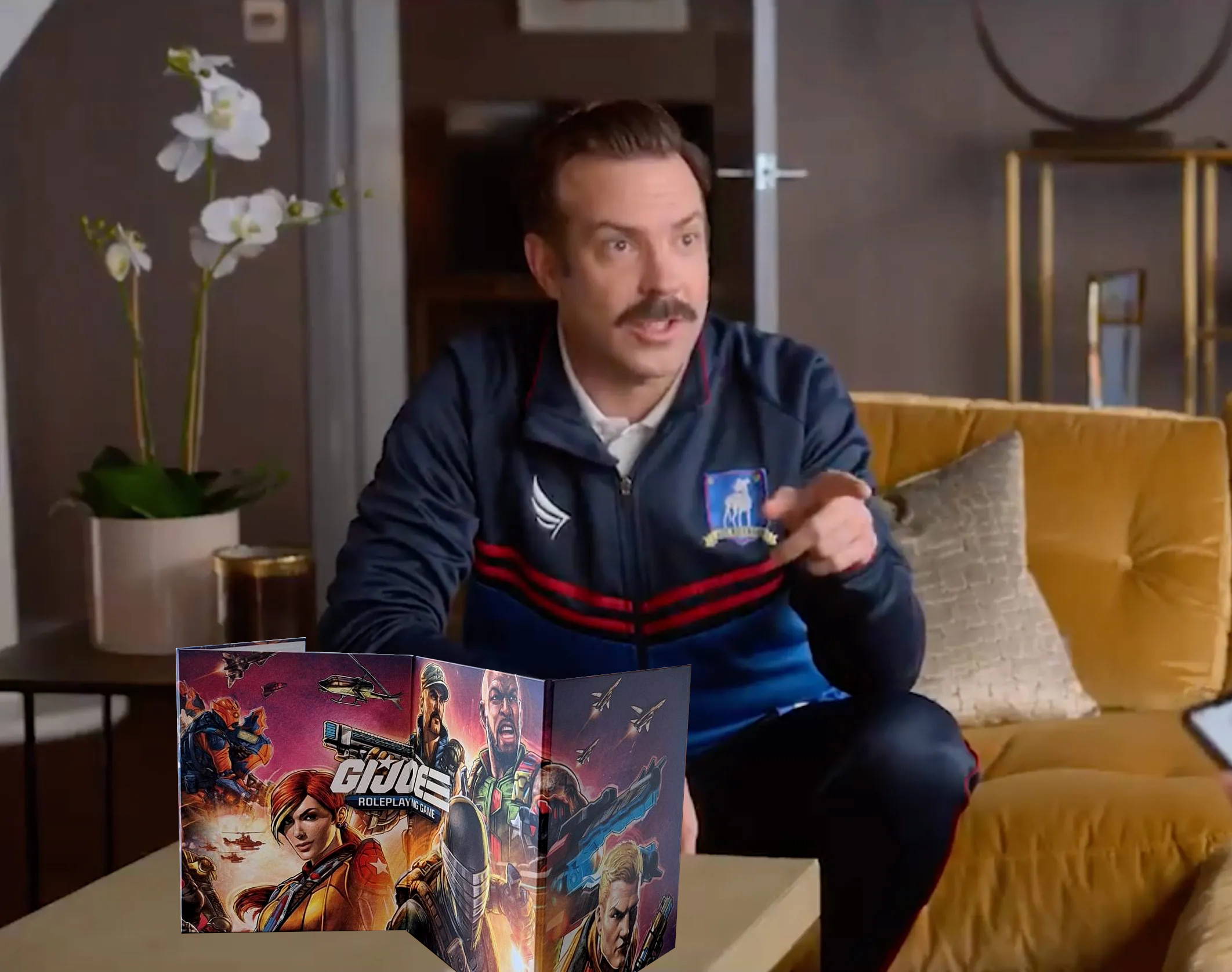I love continuity. One of the big draws to Sailor Moon for me in high school was that what happened in one episode, y’know, mattered in the next. I’d grown up on episodic television, obsessed with resetting the status quo to the point that characters acknowledging their history came off as a novelty.
When I got into comics, I loved the feeling that these characters and this world extended forever in both directions. I was much more likely to pick up two issues of the same series if I got a sense of continuity, and might even follow those editors notes telling me what issue is being referenced by the characters.
RPG plotting has a lot in common with comic book plotting, with each session being like an issue, and a campaign being like a series. How much the story bleeds from one issue to the next, and from session to session, depends on how much the storyteller feels continuity matters.
Does Continuity Matter?
As a storytelling tool, continuity encourages greater investment as it rewards the audience for paying closer attention. In turn, it allows storytellers to tell more nuanced stories, as they expect their audience to know the plot and characters well enough to pick up on more subtle cues.
My GMing style loves continuity. Any given session, I mix in more ideas than the session needs. This allows me to call back to earlier ideas later on in a way that makes the world feel larger, and while the characters still feel important for having interacted with the new plot previously.
Like each issue of a comic, what happened in one session mattered, because continuity mattered.
Except…
Shmontinuity
Believe it or not, comic continuity isn’t the be all and/or the end all. Did you know Batman used to kill? Just about every issue ended with a dead villain at Batman’s hands. But later Batman didn’t say “I don’t kill anymore.” He said “I don’t kill, I’ve never killed, and if you suggest otherwise, I will trap you in a sewer, blocking the only exit, and if you die, that’s on you.”
Similarly, I’ve watched a lot of wrestling, WWE specifically, and it gets really selective with its continuity. Like, there’s a Triple H vs Undertaker match where they said Taker’s 19-0 at Wrestlemania, but he’s never faced Triple H. Except one of the 19 they just referenced in Triple H.
This is why nobody hates wrestling like wrestling fans…
Continuity-Mania
Maybe wrestling has it right. In a group where no one takes notes and you aren’t streaming to an audience, we are the final arbiters of continuity, my fellow GMs. If a moment sticks with you, bring it back. If you don’t remember all the details, odds are, neither do your players. As your campaign gets on, what you remember as the best parts is your brain highlighting what your players likely remember, and what it’s worth building off of.
That is, only if you aren’t interested in investing time in building and tracking a complex overarching story interwoven with meticulous subplots. Ultimately the role continuity plays in your campaign is up to you.
Continuity And You
Although similar, how comic books and pro wrestling use continuity does differ from how we use it in our campaigns, my fellow GMs. As global commercial entertainment enterprises authored by multiple storytellers and subject to more potentially derailing circumstances, continuity represents one of many more cogs in those machines.
Continuity isn’t necessary. Every session can stand alone. This is especially useful if your group meets infrequently, or the game is casual. And continuity is neither a good thing or a bad thing, it is simply a choice. Look no further than organized play to find examples of the strengths and weaknesses of low continuity (easy to jump into, but dangling threads never pay off) vs high continuity (evocative story telling based on complex worlds, but confusing if not played in the right order).
Here are some tips if you would like to add more long form storytelling to your campaigns:
Interesting but Irrelevant
While my players investigated a plot hook, I described a cold wind during a lull in the action, then had an iceberg fly over the city, and out of sight. They couldn’t fly at the time, and they were busy with more pressing matters. Months later, when they ended up on the flying iceberg for a dungeon crawl, it meant more to them because not only was it a cool (heh) set piece, they could get to the bottom of what was up with this flying iceberg.
Not All That Glitters Is Gold
I had zero plans for a flying iceberg when the session started, mind you. If they cleverly got up on it, it wouldn’t have been related to the plot they were pursuing but the time they spent off the path would impact what happened when they finally followed up on their current plot.
This may seem like a misstep, but it’s important. If everything interesting in front of the party pays off as soon as they investigate it, you will never be able to make long term plans. If you plant a plot seed and they dig it up immediately, no one gets a plot. They only get the seeds.
Unexpected Offscreen Evolutions
Once, at a concert featuring my neighbours band, I bumped into a friend I hadn’t seen in years. He introduced me to his girlfriend, someone I’d met with earlier that week about moving in with me as a roommate. Discovering a connection between two NPCs in my life (neither of which would mind me calling them that) made the moment that much more memorable.
This is especially useful if you start finding yourself overwhelmed with the number of minor plot threads left dangling. PCs level out of when an idea remains relevant to them, but combining two seemingly separate ideas into one ideazord increases the interest and gives you flexibility in how to implement it as a challenge, mechanically.
Rosencrantz and Guildenstern Are Back From The Dead
Along the same lines, the PCs aren’t the only characters that can have adventures are level up. Rosencrantz and Guildenstern Are Dead is the classic spin off story that explores what background characters are up to when the PCs aren’t looking. Wrath of Khan is another. A secondary character whose plot seemingly resolved remerges, experienced and changed. In a world with coming back from the dead, any past character is fair game to bring up, level up, and sick on the party.
Name Dropping
In the original edition of the first Star Wars trilogy, Jabba The Hutt gets mentioned in the first to movies, specifically in important conversations about Han Solo’s motivation. Had this character that originally went unseen for two movies not been hinted at, spending the first quarter of the last movie in the trilogy on a subplot about the character that has no impact on the rest of the trilogy’s plot (as in Rebels vs Empire) would have felt off. Instead, it kicked the last movie off by resolving one of the trilogy’s biggest curiosities.
I once introduced an NPC named Orwell in a campaign where the first session took place in a town called Orwell. “It’s named after me,” was all Orwell had to say to be immediately taken seriously as a high level NPC.
A Tool, Not A Burden
Of the homebrew campaigns I’ve concluded, I know the most satisfying were the ones that ended with a callback to prior events that snowballed in importance. However, that’s not the only way to ends a campaign.
The Avengers Earth’s Mightiest Heroes animated series loved to world build through continuity, but it’s series finale has Galactus show up and get beat up.
Similarly, we could throw a high level monster or even an evil god into the world, one the players are interested in even if they mean nothing to the PCs. It’s a conclusion because it’s the highest level threat the PCs have faced, and they’re able to face it because the campaign existed.
Conclusions
Your campaign can end with last words from the same NPC who first spoke to your party, or the party fighting Galactus before he eats the planet they’ve spent their whole campaign on. Or it can not end at all. Like the last issue you bought of a comic series, the idea that the characters and their adventures live on whether you and your players are still involved with them can be just as satisfying.
Every two weeks, Ryan Costello uses his experience as a Game Master, infused with popular culture references, to share his thoughts on best GMing practices to help his fellow GMs. Often deconstructing conventional wisdom and oft repeated GMing advice, he reminds his fellow GMs that different players play the game in different ways, and for different reasons.






